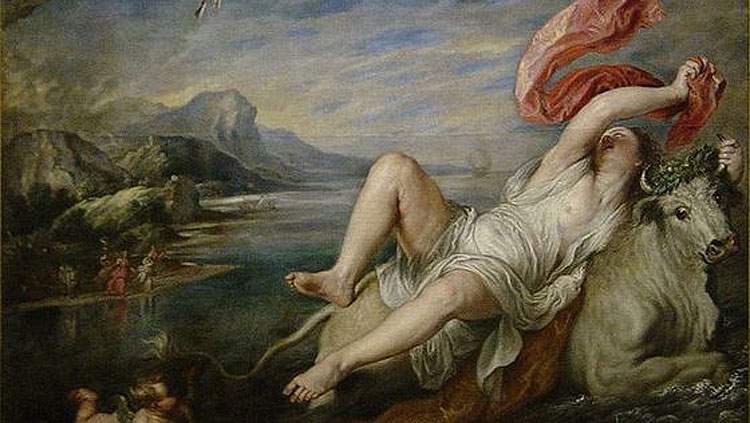Is it possible to date and confirm attributions of paintings through the analysis of the threads of canvases? That’s what theUniversity of Seville has proposed through a new project, the Arachne Project, which aims to catalog and date works of art by studying the threads that make up the canvases of paintings.
The new instrument, which has been given the name Arachne, after the young weaver who, according to Greek mythology, challenged the goddess Athena to weave the best cloth, was created by the team from ETSI (Tratamiento de Señales y Comunicaciones de la Escuela Técnica Superior de Ingeniería de la Universidad de Sevilla) in collaboration with the Prado Museum: Professors Juan José Murillo, Irene Fondón and Francisco Simois, with the help of scholars Marta Ternero and Pablo Aguilera, and Lucía Córdoba, a student of Telecommunications Engineering.
This is an example of joint work between such seemingly distant fields as engineering and art. The analysis of canvases is fundamental in the historical study of pictorial works: on the one hand, it helps to determine the state of preservation, and on the other hand, it testifies to valuable data regarding the type of canvas and its quality. This information makes it possible to characterize the canvas and determine where, when, and who painted it. Moreover, by comparing canvases of different paintings, attributions can also be affirmed or denied. For the process of analyzing the canvas, it is necessary to determine the number of threads present in one centimeter of the painting’s canvas-a complicated and sometimes inaccurate operation that is done visually and directly on the canvas or x-ray. These inconveniences and difficulties made Laura Alba Carcelén, from the Technical Documentation and Laboratory department of the Museo Nacional del Prado and a specialist in radiographic technique, think of a solution.
The technological basis of the software is a method well known in the fields of engineering, physics and mathematics. Aracne performs a frequency-based study in two dimensions that allows us to know not only the frequency of the wires, but also their orientation. Added to this is also the distribution of energy in each frequency, which makes it possible to obtain a kind of canvas footprint that brings additional information when comparing media. The software is able to count exactly how many horizontal and vertical threads are in the entire surface of the painting and presents the data in histograms, distribution patterns and statistical values, simply by loading the X-ray image or visible image of the canvas and determining the area you want to analyze.
Aracne has already been used in the last five years by the Prado Museum to analyze works from its collection: to works by Velázquez, Rubens, Murillo, Van Dyck, Ribera or Goya. Among the former are Adam and Eve and Rubens’ Rape of Europa: with regard to Adam and Eve, it could be stated that Rubens made it in Madrid, and both works were accomplished on surfaces cut from the same piece of canvas, in Madrid.
One of the major advantages of Arachne is the possibility for scholars to use the tool independently and compare two or more canvases automatically.
Image: Pieter Paul Rubens, Rape of Europa, detail (c. 1628-1629; oil on canvas, 120 x 109 cm; Madrid, Museo del Prado).
 |
| From the study of canvas threads, a painting can be dated: the project of the University of Seville and the Prado |
Warning: the translation into English of the original Italian article was created using automatic tools. We undertake to review all articles, but we do not guarantee the total absence of inaccuracies in the translation due to the program. You can find the original by clicking on the ITA button. If you find any mistake,please contact us.